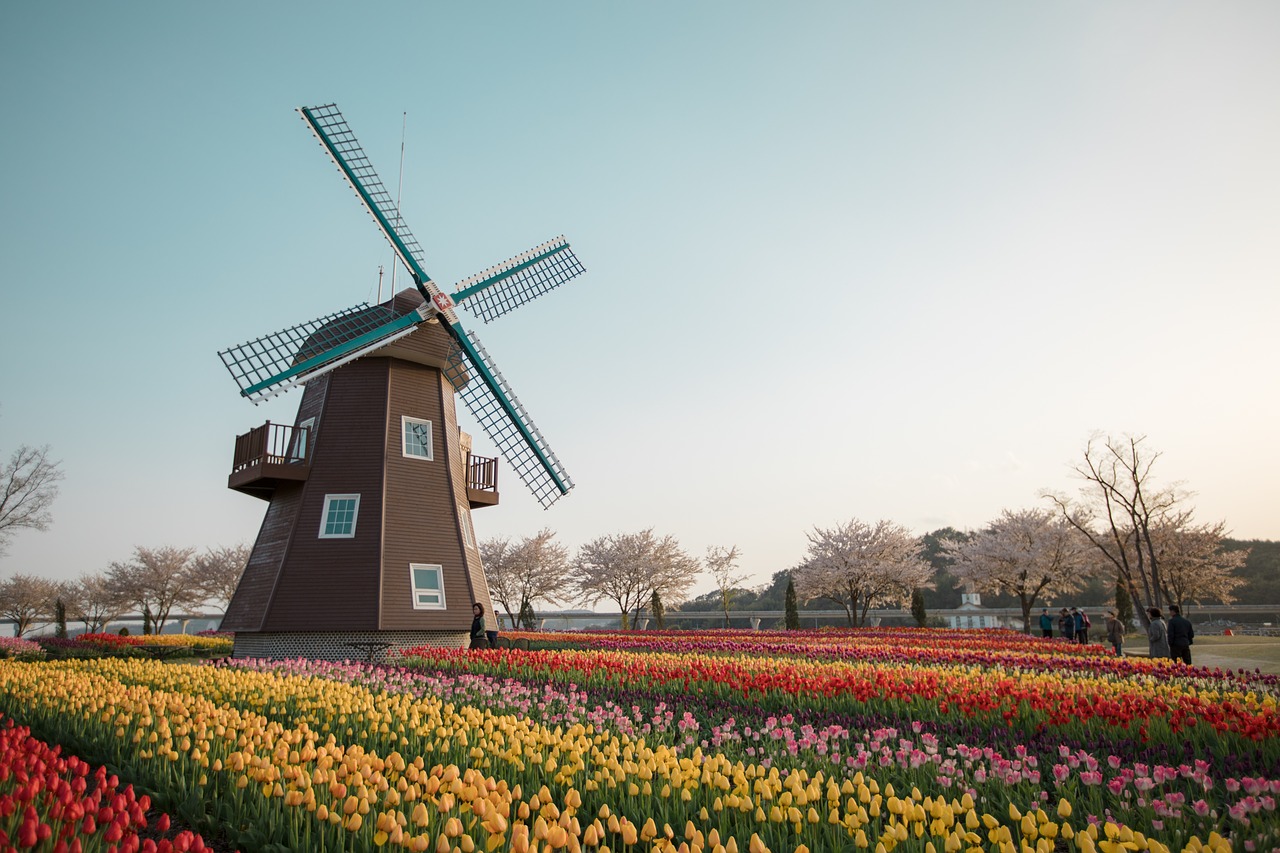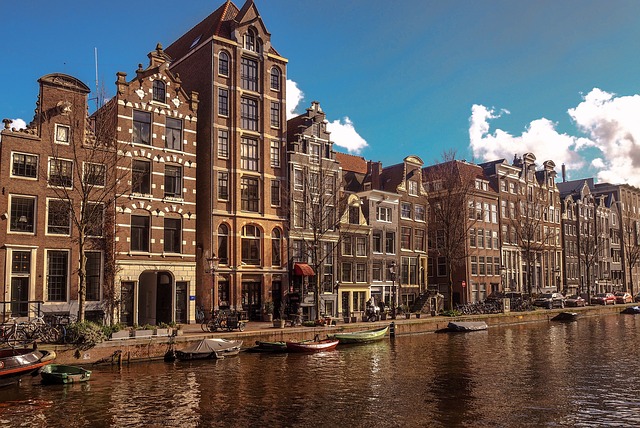
Holland and the Netherlands.
Holland
Welcome to the Great nation of Holland: where the tulips grow, the windmills turn, the breakfast is chocolatey, the people industrious, and the sea tries to drown it all. Except, this country isn't Holland. It's time for: The Difference Between Holland, the Netherlands and a whole lot more.
Netherlands
The Netherlands is a kingdom that came into existence after Napoleon’s defeat in 1815. When the kingdom was founded, it included Belgium. After the secession of Belgium in 1830, the map of the Netherlands was redrawn and this proud and wonderful country came to be as we know it today.
History of the Netherlands
To really understand the Difference Between Holland and The Netherlands, one must first of all know the history of the Netherlands. So here’s a short history lesson. (Please don’t get bored). Let us take you back to the Batavian Republic. You know what? I’ll do you one better and take you back to the Republic of the Seven United Netherlands. Lots of republics right? Yeah I know.The Republic of the Seven United Netherlands was a republic that existed from 1588 until 1795. It emerged when a part of the Netherlands separated from Spanish rule after the Eighty Years War or the Dutch War of Independence which was a revolt of the Seventeen Provinces of what are today the Netherlands, Belgium, and Luxembourg (Benelux), as well as the French region of Hauts-de-France against King Philip II of Spain. The Seven United Netherlands were made up of:The Duchy of
Guelders (Gelderland in Dutch)
The County of Holland
The County of Zeeland
The Lordship of Utrecht
The Lordship of Overijssel
The Lordship of Frisia
The Lordship of Groningen and Ommelanden
The Dutch Republic
The Republic’s seven provinces each had their own independent governments and during that period (in the late 16th and 17th centuries), dominated world trade, conquered a large colonial empire and had the largest fleet of merchantmen. The County of Holland was one of the wealthiest and most urbanised regions in the world at that time.Later on, the Republic was conquered by French troops in 1795. It became known as the Batavian Republic in 1806 when Napoleon appointed his brother, Louis as King, and in the process, turned the country into a kingdom.
William of Orange
After Napoleon Bonaparte’s defeat, William VI of Orange was invited to assume power as “Sovereign Prince.” He landed in Scheveningen on 30 November 1813 and two years later on the 16th of March 1815, the United Kingdom of the Netherlands was proclaimed. This kingdom was the fusion of territories that used to belong to the Batavian Republic, Austrian Netherlands, and Prince-Bishopric of Liège. As history would have it though, this United Kingdom of the Netherlands came to an end with the secession of Belgium. Belgium went its own way, the map of the Kingdom was redrawn and just like that, The Kingdom of the Netherlands we know today came to be born. Although there’s more history involving Belgium’s secession, the new territories of the Kingdom of the Netherlands (redrawn after Belgium left), Luxembourg, the province of Limburg and Germany, but I think we should leave all of that for another time.
Summary
- The Dutch fought the Spanish for their independence and when they got it, they formed the Seven United Netherlands.
- When the Dutch were conquered by Napoleon Bonaparte, he made his brother King and thus, the Batavian Republic was born.
- After Napoleon’s defeat, William VI of Orange became King of the United Kingdom of the Netherlands.
- William VI of Orange’s kingdom didn’t last long because Belgium wanted her independence. After Belgium left in 1830, the map was redrawn and the Netherlands as we know it today came to be.
The Netherlands today
Consists of twelve provinces: Groningen, Friesland, Drenthe, Overijssel, Flevoland, Gelderland, Utrecht, North-Holland, South-Holland, Zealand, North Brabant and Limburg. Two out of these twelve provinces go by the name Holland : North Holland and South Holland.
The confusion on the difference between Holland and the Netherlands must have started as a result of Dutch sailors who were known to have sailed the open seas during the Golden Age in search of new land, trade routes and spices. They were known to have only mentioned the name of the city-states they hailed from when asked where they came from. A Dutch sailor could tell a fellow trader that he was from South Holland or North Holland when asked where he came from and in a way, this made a lot of people think that Holland was a country. It must have been quite confusing because, at that time, a united Netherlands did not exist – in the form of a country.
Today, the official name of the country is the Kingdom of the Netherlands. King Willem-Alexander is the King and “Holland” actually means the two provinces of “Noord-Holland” and “Zuid-Holland” which translated to English would mean; North-Holland and South-Holland.
Conclusion
So dear visitors, the Difference Between Holland and The Netherlands?
Holland is just a province in The Netherlands.
Find a tour in Europe and explore the wonderful sights of the Netherlands with Slow Tours.
Make an enquiry or book online!
Source: Dutch Review